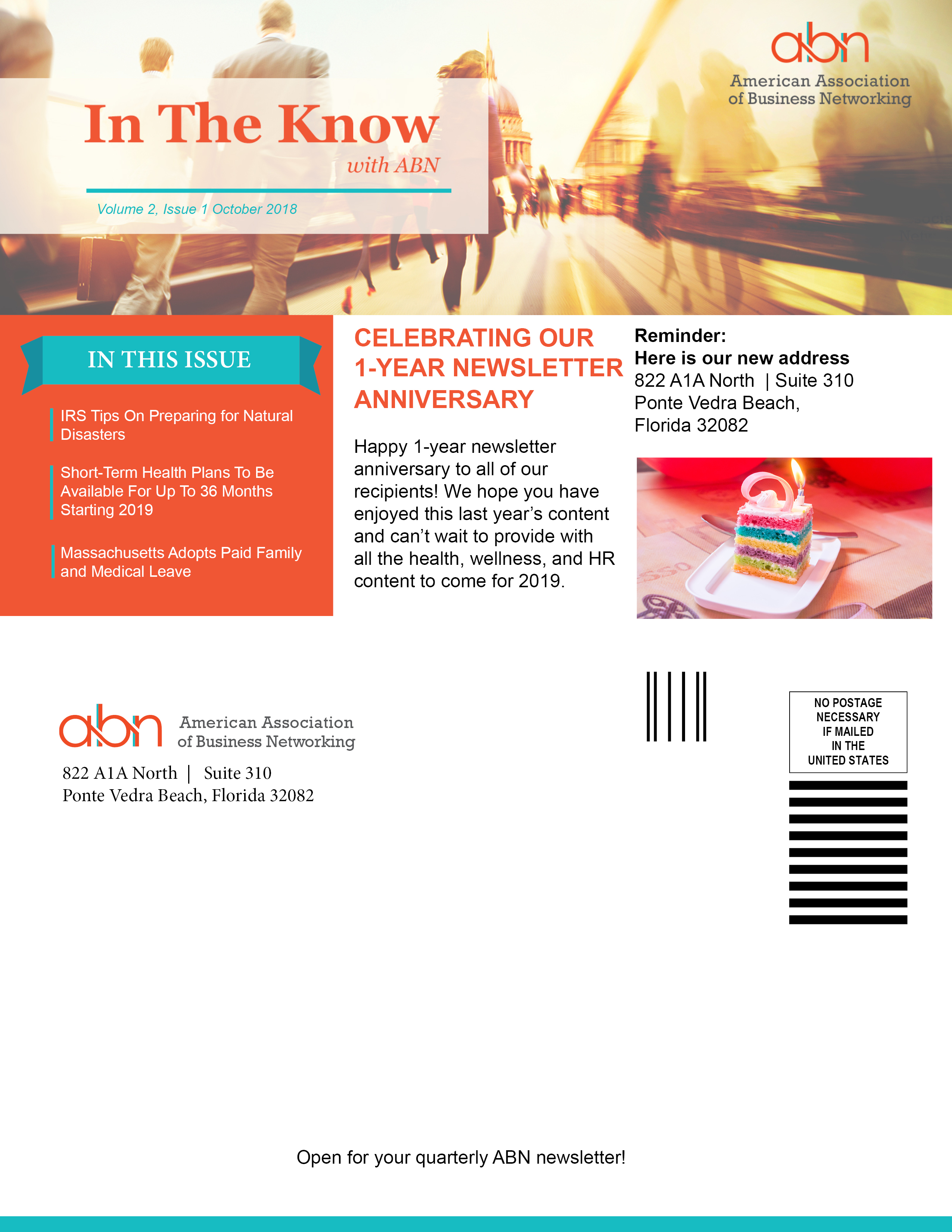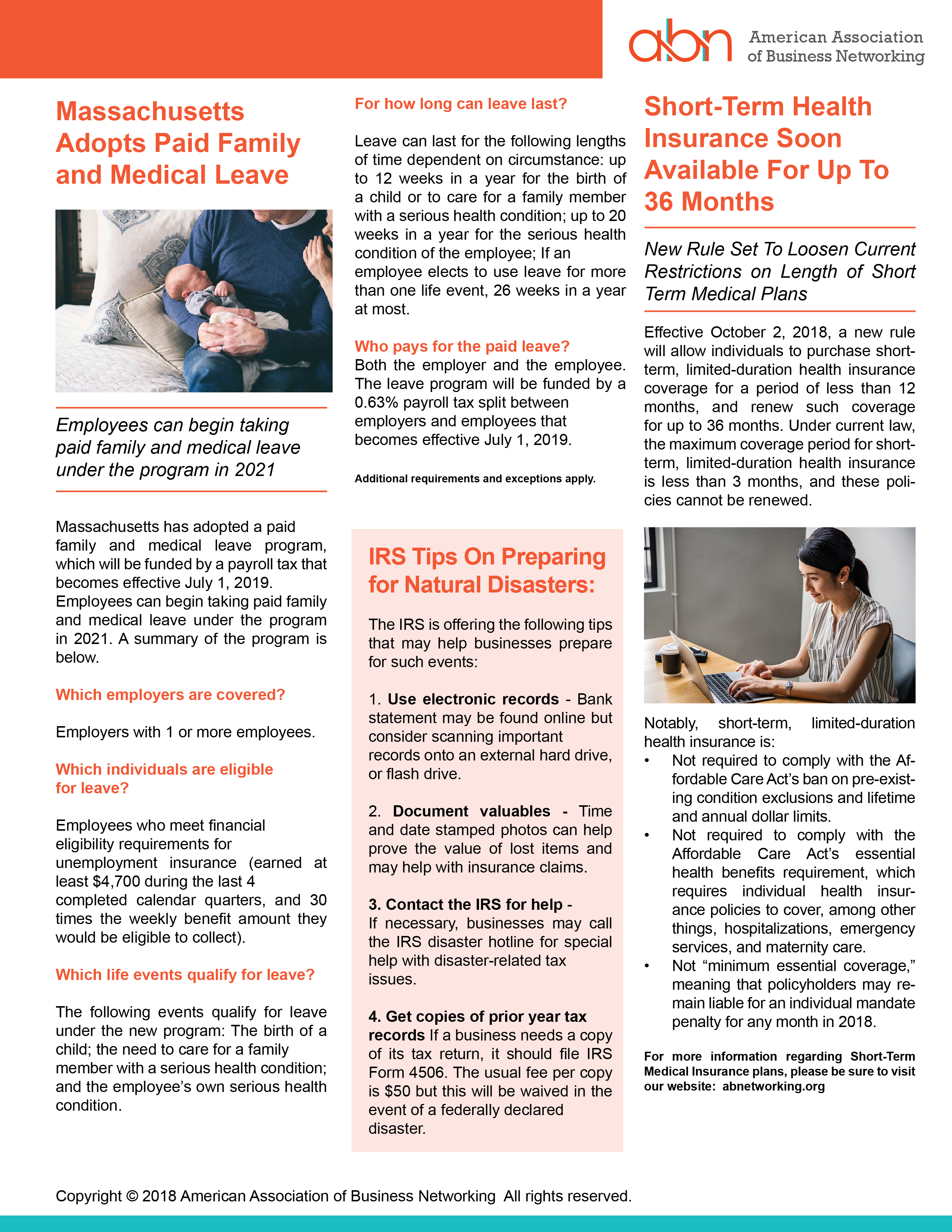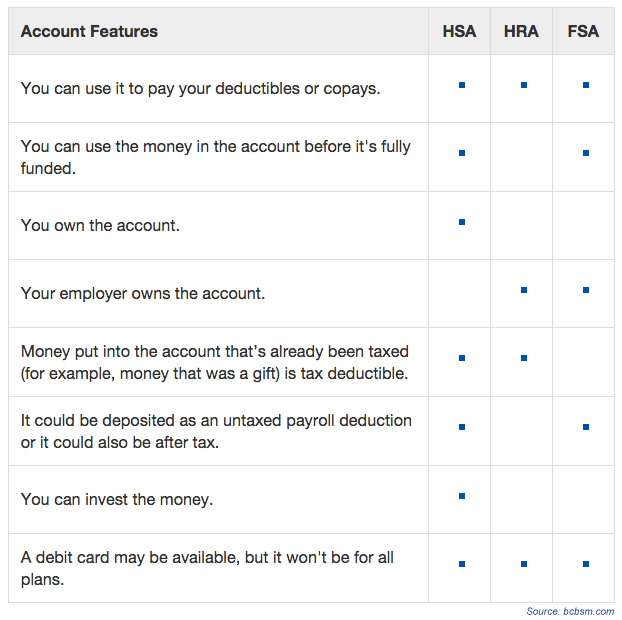Could Workplace Stress Become A Workers’ Compensation Claim?
According to a CBS News article, it has been estimated that roughly 8.3 million Americans suffer from some form of psychological distress such as a general hopeless or nervous disposition or even clinically diagnosable depression and anxiety-related disorders such as PTSD. While the cause for the sudden uptick in depression, anxiety, addiction, and general stress has been linked to everything from overzealous doctors, supervisors, and hostile work environments, to politics and the economy, and the concern over the ever-increasing amount of “screen time” Americans spend per day, the truth is that no one is able to one-hundred-percent identify the source.
While psychology experts and the media keep digging into just what is causing the rise in stress-related disorders and situations, many of those suffering are plagued with the maybe more important question of what are we going to do about it?
The State Of Workplace Stress In America
Whether people are truly experiencing more stress, depression, and anxiety than in decades past or just simply admitting it more and seeking treatment, is unknown. What is known is that it is happening and those suffering are looking for help.
So, what happens when one’s work or workplace is considered a major stressor? This can be especially true in the legal profession where studies estimate 28 percent of lawyers and legal professionals struggle with depression, anxiety, and even in some cases addiction. Could that professional experiencing extreme stress seek to claim their elevated levels of stress as a workers’ comp. claim?
The idea may not be as far-fetched as it sounds and is already on the books in at least one U.S. state.
Thanks to California Labor Code 3208.3, it has become possible for employees to file workers’ compensation claims due to high levels of stress— known as a psychiatric injury. If a person filing a claim is able to prove that they are under a debilitating amount of stress in relation to their work, they may be awarded workers’ comp. payments.
However, under California law, there are some stipulations when it comes to attempting to file a workers’ comp. claim for psychiatric injury.
- The claimant must have at least six months of work history with the employer.
- The psychiatric condition being filed is listed in the Diagnostic and Statistical Manual of Mental Disorders (DSM-IV) by the American Psychiatric Association (APA).
- The claimant can prove that the events of, and surrounding, your employment are the predominant cause of your psychiatric condition (51 percent or higher).
- The claimant’s psychiatric condition was not caused by good faith, non-discriminatory personnel actions by your employers (e.g. criticism of your attendance or work, change in assignments, or decisions about raises and promotions).
- The claimant’s psychiatric condition was not caused by the litigation process.
- The claimant’s psychiatric condition was filed after termination or notice of termination from their job unless the employer knew about the psychiatric injury or treatment for a psychiatric disorder prior to termination.
What This Could Mean For Your Business
As the stigma surrounding mental health concerns continues to wane, it only makes sense that more and more courts will undoubtedly preside over more workers’ comp. psychiatric injury cases. Reach out to someone who may need help today.












